Writers and poets have continued to be inspired by Buenos Aires’ melancholic and persevering atmosphere. The city is poetic – its history, folklore and romance are evident in every neighborhood, and the stories these elements have produced make it a destination for literary lovers and contemporary writers alike.
h3. Jorge Luis Borges
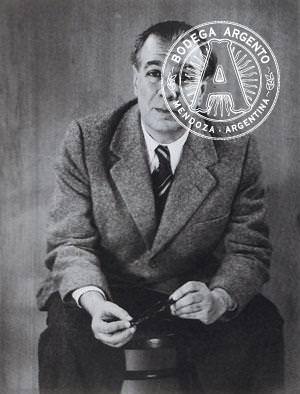
Image courtesy of Grete Stern via Wikipedia
Tourists will be most familiar with the name Jorge Luis Borges (1899-1986), the man many academics point to as the grandfather of South American fiction. He was born in Buenos Aires where his respected family had a house in the suburb of Palermo (now one of the trendiest and most expensive neighborhoods). During his teenage years the family moved to Switzerland, but at the age of 22 Borges returned to Buenos Aires where he started his literary career. His most famous works include three anthologies of short stories: Ficciones (1944 in Spanish, 1962 in English), The Aleph (1949), and Labyrinths (1962), most set in his native city. Familiarise yourself with at least a couple of Borges short stories before visiting Buenos Aires, as inhabitants of the city (known as porteños) consider him to be one of their greatest authors. Plus, while exploring its streets, you’ll be able to picture the city of his youth, a city he considered ‘as eternal as water and air.’
h3. Julio Florencio Cortázar

Image courtesy of Sara Facio via Wikipedia
Julio Florencio Cortázar (1914-1984) is a close second when it comes to Buenos Aires’ most famous sons. His short stories and fiction gained him a reputation as one of the most accomplished surrealist writers in South America. His novels Los Premios (1960), Hopscotch (1963) and 62: A Model Kit (1968) are good examples of his skilled craft in stream-of-consciousness writing and influenced the fantastic realism apparent in other Latin authors Gabriel García Márquez, Pablo Neruda and Carlos Fuentes. When witnessing a bizarre street scene that to locals seems so normal, you’ll have an idea of where Cortázar’s derived his imagination.
h3. Victoria Ocampo
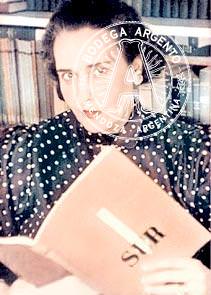
Image courtesy of Wikimedia Commons
Founder of Argentinean magazine Sur, Victoria Ocampo (1890-1979), was perhaps the city’s best loved female intellectual. Stylish, brainy and influential, Borges described her as ‘the most Argentine woman.’ (Porteñas afer all, have a reputation as being both very chic and difficult to deal with at times). Ocampo came from a privileged background and her mansion, Villa Ocampo, is open to the public, and located in the upper class neighbourhood of San Isidro. She was a great friend of Graham Greene, who stayed at Villa Ocampo. His book The Honorary Consul (1973) is dedicated to her.
h3. Buenos Aires’ Modern Literary Energy
The literary buzz of Buenos Aires does not merely dwell on a nostalgic love, but remains very much alive today. Writers from around the world come to the city, encouraged by its history yes, but also to feel its pulse. Cafés with checkered floors, smoky 3am milongas and a thriving night scene make it ideal for both accomplished writers to soak up the atmosphere incognito and amateurs hoping to feel like a real writer as they sip their bitter espressos and furiously scratch down notes. Quite a few famous names have made the city their home at one time or another, including Pablo Neruda, Antoine de Saint-Exupéry (author of Le Petit Prince) and, currently, film maker Francis Ford Coppola.
Literature inspired by Buenos Aires does not solely exist in the form of fiction. Visitors can get a taste of the city’s creative literary arts when they see a play or listen to tango. Unlike in western cities, where we tend to roll our eyes at amateur drama, in Buenos Aires, the young people adore it. People are passionate about the genre of theatre, and tickets regularly sell out. Plays (classed either as “mainstream Corrientes” or “off-Corrientes” – the main avenue through the city) are put on all over the city, in groovy little theatres, underground venues and disused warehouses. You’ll see the audience eat up every word uttered on stage as if it were a book.
Think of tango, and you probably picture the iconic dance. However, when visiting Buenos Aires, it’s important to remember that tango started off as a form of music. Back in the day themes of desirable women, jealousy, drinking and horse racing comprised most of the material, but after the 2002 economic crash, tango songs came back into fashion with lyrics about political injustice taking center stage. With the help of an interpreter, ask for any tango lyrics to be translated and you’ll find pure poetry right under your nose.
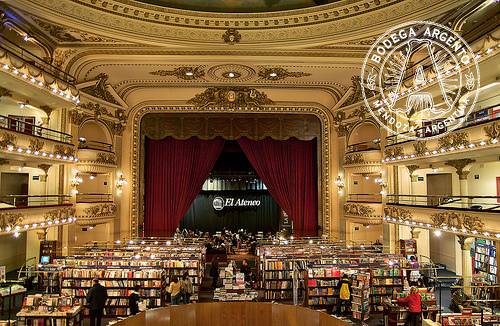
Image courtesy of David Wilbanks via Flickr
h3. Literary Tourism in Buenos Aires
Several companies offer guided literature-based walking tours in Buenos Aires. See Eternautas. If you are interested in the great works of Argentine authors, it is a good idea to buy a translated copy from home, however bookstores such as Boutique del Libro (Thames 1762, Palermo) have a good English selection where you can buy the translated classics. And of course don’t miss the spectacular interior of the city’s most famous book store, El Ateneo (Santa Fe 1860, Recoleta).

Daniel Neilson

Latest posts by Daniel Neilson (see all)
- RUN BA RUN - July 12, 2016
- A Beginners Guide to Football Teams in Buenos Aires - September 10, 2014
- Argentina Hit Their Stride in World Cup 2014 - June 26, 2014

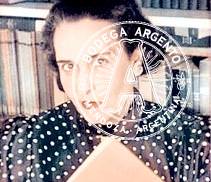
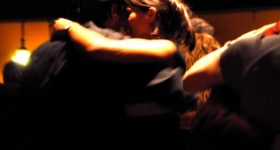 The Lure of Tango in Argentina
The Lure of Tango in Argentina  The Buenos Aires Jazz Scene
The Buenos Aires Jazz Scene  Buenos Aires’ Quirkiest Design Spaces
Buenos Aires’ Quirkiest Design Spaces 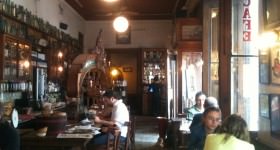 Visit the Unique “Bares Notables” of Buenos Aires
Visit the Unique “Bares Notables” of Buenos Aires  THE ULTIMATE CONCEPT BOUTIQUES IN BUENOS AIRES
THE ULTIMATE CONCEPT BOUTIQUES IN BUENOS AIRES 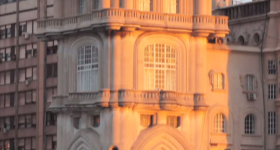 The Best of Buenos Aires Architecture (Including Five Quirky Finds…)
The Best of Buenos Aires Architecture (Including Five Quirky Finds…)  GrinGo StandUp English Comedy in Buenos Aires
GrinGo StandUp English Comedy in Buenos Aires  A Beginners Guide to Football Teams in Buenos Aires
A Beginners Guide to Football Teams in Buenos Aires  Summer in the City: Swimming Pools of Buenos Aires
Summer in the City: Swimming Pools of Buenos Aires 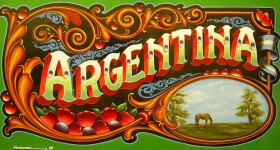 Fileteado – A Porteño Art
Fileteado – A Porteño Art  Teach Yourself Porteño: The Buenos Aires Lifestyle
Teach Yourself Porteño: The Buenos Aires Lifestyle  The Botanical Gardens – Buenos Aires’ chic alternative to Palermo
The Botanical Gardens – Buenos Aires’ chic alternative to Palermo
It is true, Buenos Aires has plenty of cultural activities to discover and it is part of the daily life of its inhabitants. In general all human sciences are a vital part of Argentinean society, they are a society very political. You can find interesting cultural tours in Buenos Aires also here http://tinyurl.com/28v3a9y
As literary theorists such as Edward Said remind us, our thought and discourse itself is conditioned by the language in which it takes place. …
La incautación de la aeronave militar norteamericana se produjo cuando la lista de la carga adelantada por Estados Unidos en diciembre no se correspondía con el cargamento real. Argentina presentó este lunes una protesta formal ante el Gobierno de …
Geoff Herbach's STUPID FAST, to Melanie Donovan at Recorded Books, by Lauren Abramo at Dystel & Goderich Literary Management. Co-Creators of SKIM, Jillian Tamaki and Mariko Tamaki's AWAGO BEACH BABIES, a story inspired by summers at the cottage, …
Users of this Japanese dating site will appreciate the large
community of Japanese friends and connections they can foster via this extensive
social …
A guide to the literary history of Buenos Aires, Argentina, including Borges, Cortázar and Ocampo, and how they inspire the passion of …
Payday loans have risen in demand by more than half since early May as bank holidays and inflation have combined to boost Brits' outgoings.